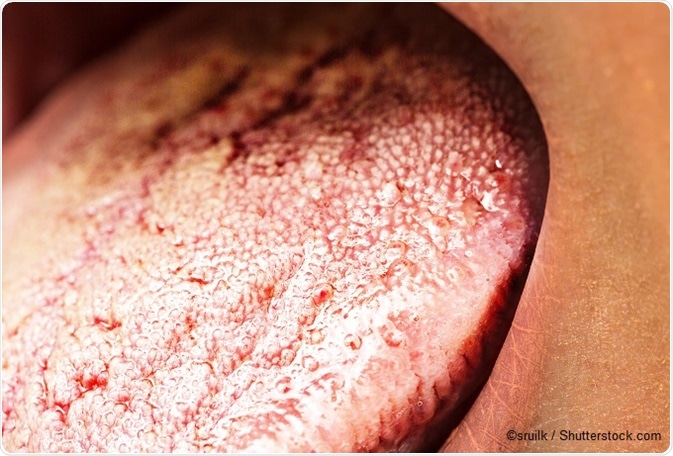For The Latest Medical News, Health News, Research News, COVID-19 News, Pharma News, Glaucoma News, Diabetes News, Herb News, Phytochemical News, Thailand Cannabis News, Cancer News, Doctor News, Thailand Hospital News, Oral Cancer News, Thailand Doctors
Also referred to as oral candidiasis, oral thrush is a fungal infection of the mouth caused by the yeast Candida albicans. This fungus exists naturally in the mouth, but oral thrush occurs when the fungus overgrows and starts to cause symptoms.
Oral thrush can affect anybody at any age, but it is more common among babies. Adults are more likely to develop oral thrush if they are elderly, immunocompromised, taking certain medications or have certain health conditions. For healthy people, oral thrush does not cause any serious problems, but for people with weakened immunity, it can be more serious and difficult to manage.

Many people may not notice they have oral thrush at first. Symptoms may develop quickly or slowly, depending on the cause of the problem, and they may persist for any period from a few days to months.
Examples of the symptoms that may arise with oral thrush include the following:
Oral thrush can usually be diagnosed by a doctor based on an examination of the mouth, but sometimes a sample of a lesion is taken for analysis under a microscope. In some cases, certain blood tests are also carried out to check for the presence of any health problems of which oral thrush may be an indicator, such as diabetes.
If the thrush has spread into the esophagus, a throat culture may be taken. This involves taking a swab from the back of the throat, with the sample being sent for culture in a microbiology lab. An endoscopy may also be performed, which involves a flexible tube with a camera at the tip (endoscope) being passed down the esophagus to check the esophagus, stomach and duodenum.
This condition is usually treated with antifungal medication. A gel or liquid form of the drug can be applied to the inside of the mouth or in some cases, tablets are prescribed.